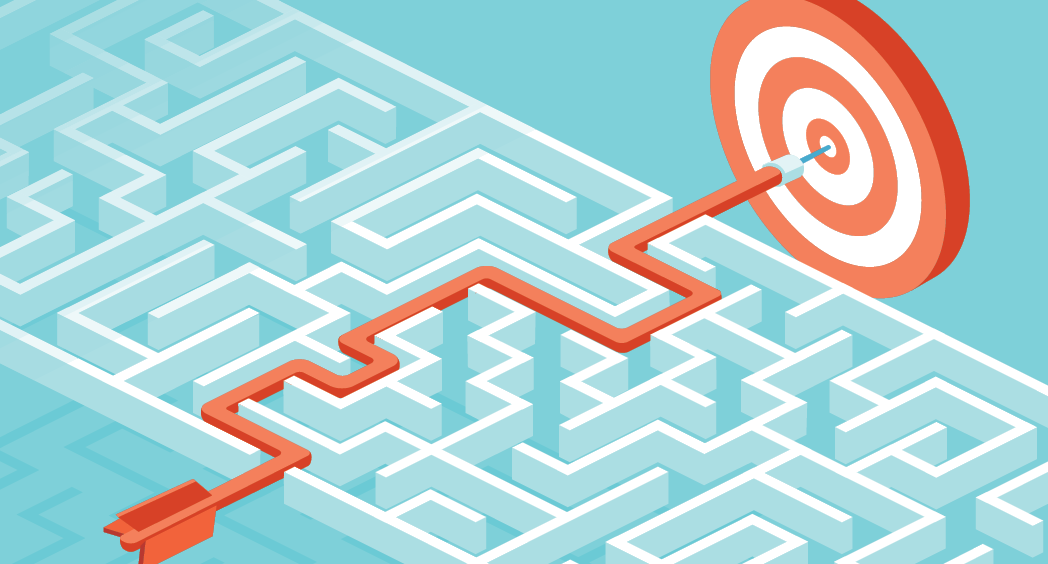Finding New Opportunities
How to confront the down cycle as an opportunity zone to re-evaluate and improve business

The coronavirus has muddied the economic and business outlook waters for many. Craig Webb, president of Webb Analytics, said in a May 1 webinar from the Window & Door Manufacturers Association that what is clear is “we’ll have a long, slow period to get back to normal.” He also described the term “normal” as a misnomer. “We won’t get back to where we were,” he says. “There’s a new normal out there.”
Although construction bans are being lifted, the impact around the coronavirus won’t diminish for quite a while, Webb predicts. Those who work in the field will need to be cognizant of social distancing, wearing personal protective equipment, and scheduling changes to accommodate possible staggered shifts, breaks, work areas and even new procedures for material drop-offs that limit contact. “It’ll take longer to do the kind of work that used to be done in a relatively short time,” says Webb.
Right now, dealers “aren’t necessarily hurting that bad,” says Webb, but noted the effects are highly regional. One Georgia-based dealer Webb spoke with cited the best April ever in the business’s 11 years. Meanwhile, some dealers in New York and Michigan, which had stringent construction bans, closed.
Nearly all of the business dealers have now reflects previous orders, purchases and projects put in place by builders, says Webb. Starts rates haven’t declined a lot yet. The current problems, Webb says, are further up the chain with people visiting home projects, applying for mortgages, filing paperwork and making decisions about major remodels.
Consequently, the strong activity dealers currently report will peter out as the problems trickle down. “It’s possible to see a lull relatively soon,” says Webb. “The challenge won’t be getting through right now; the challenge is getting through July. It’ll take a while for business to come back up.”
High unemployment also means that a lot of people who used to have money now don’t, which Webb predicts will result in slashed spending in remodeling, repair and replacement, and new homes.
Webb organized a three-day summit in late April to discuss the current landscape with dealers and shared several key takeaways he came away with:
- Dealers started the crisis with robust sales, which remain “surprisingly decent” in most places.
- Recent technological advances, such as cloud computing, videoconferencing and faster Internet, help a lot.
- A lot of dealers sought Paycheck Protection Program money through the SBA, although it’s unknown how many got funds. Dealers report layoffs have been minimal.
- Do-it-yourself business rose; big-ticket remodeling projects that require a professional dropped.
- The next challenge for many dealers will be keeping new walk-in customers.
- Dealers are starting to reduce inventories based on stress tests of their revenue outlook.
- They are living more on existing inventory and not buying ahead as much.
- Dramatic increases in videoconferencing and data reliance are likely to stay.
- In general, agile companies with strong cultures, financial discipline, some e-commerce and access to cash and capital will do well. The weak will get weaker, Webb predicts.
Ultimately, dealer prospects depend on builder prospects. Webb hasn’t heard consistent predictions from economists about what will happen with builders. What he does feel is certain, though, is that publicly held builders will be OK because of better access to capital and financing, whereas privately held builders that are more dependent on bank lending will struggle more because banking and credit access are long-term concerns.
Construction is cyclical in nature and Webb says to look at down cycles such as this as “opportunity zones.” Really good dealers, he says, have been thinking about and planning for down cycles. As such, “the dynamic of the supply market will change a little bit because some have been thinking about this problem and others will be caught flat-footed.”
9 Get-ahead Strategies
Webb posed nine strategies for dealers to get ahead now in preparation for the years ahead.
- If production has slowed, use this time to spot inefficiencies and improve your processes.
- Practice video conferencing. Learn how to add images to your presentations. He also recommends changing thinking about regional sales reps. “Don’t think of regional reps as regional,” he says. Rather, try to match the personality of sales people with the personality of customers. If more selling happens by video conference, it isn’t as important to have geographical proximity, but matching personalities is important.
- Start incorporating disaster response into your company’s plans. Make agility part of the company’s culture. “If you can build a team that can handle challenges,” says Webb, “you already won half the battle when new challenges come along because an idea of what to do is already in your culture.”
- Evaluate how telework is going. Which jobs could become virtual rather than bound to the office? Which could be handled by people who live nowhere near you? Which out-of-work people might be great candidates for jobs with you?
- Rely on your data more deeply and more often. Get a sense of where things are, what business is like and take actions accordingly. Use those metrics to reduce personal biases in performance reviews.
- Explore free, cloud-based alternatives to what may be clunky legacy systems.
- Evaluate your team. Which team members are showing unexpected talents in these crazy times? Who deserves a battlefield promotion?
- Many businesses probably stopped doing certain things because of this pandemic. Which practices don’t need to be revived?
- Communicate and be transparent, even when you’re uncertain or must deliver hard truths.



